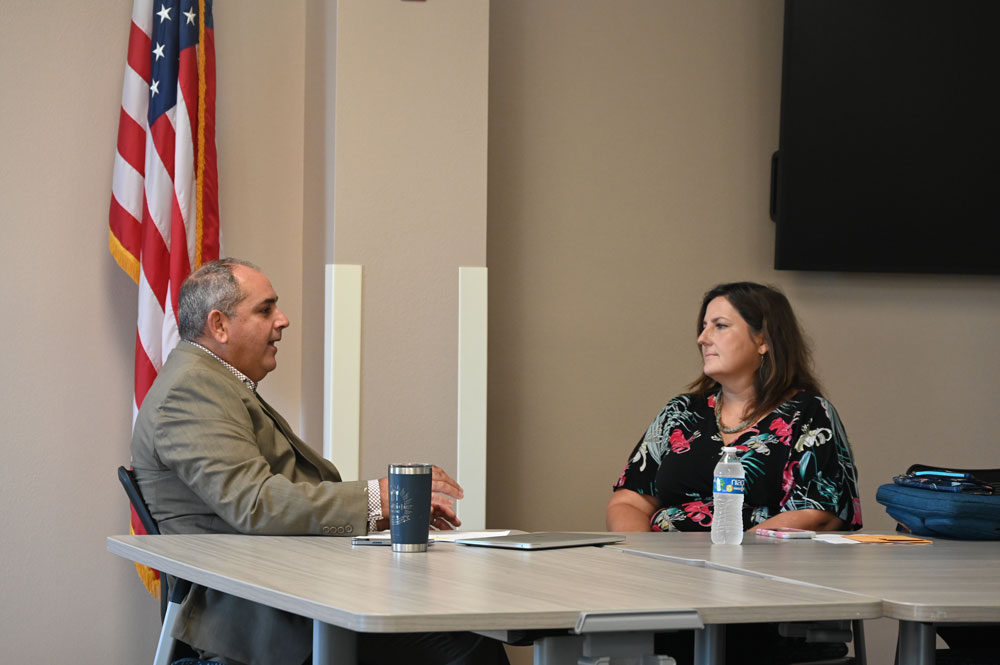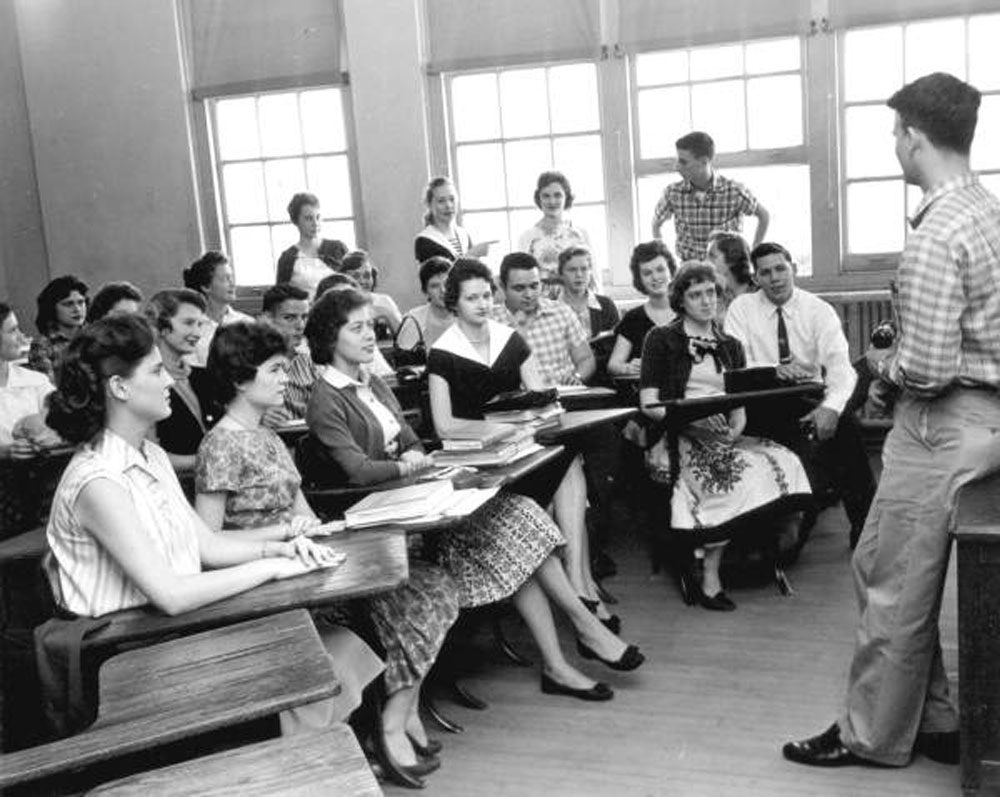Written by Sarah Barringer
Transgender rights have been curtailed in a number of Republican-led states: Iowa recently enacted legislation eliminating civil rights protection for transgender individuals; Wyoming forbade state entities from requiring the use of preferred pronouns; and Alabama recently passed legislation stating that only two sexes would be accepted. Other state legislatures have received hundreds of measures aimed at restricting transgender rights.
A slew of executive actions from the White House earlier this year tried to deny trans identity. One of them, Eradicating Anti-Christian Bias, asserted that the Biden administration’s gender-affirming policies were anti-Christian. It claimed that Christians were being forced to embrace extreme transgender ideology against their religious beliefs by the Biden Equal Employment Opportunity Commission.
Not all Christians are anti-trans, to be clear. Additionally, I discovered evidence of a lengthy Christian tradition of what are now known as transgender saints during my study of medieval history and literature. The concept of men living as women or women living as men was definitely prevalent during the Middle Ages, even though there was no such phrase at the time.Many academics have argued that understanding the historical analogies is made easier by utilizing the contemporary term “transgender.”
From the earliest days of Christianity, there are at least 34 confirmed accounts of transgender saints. Several tales of transgender saints that originated in Latin or Greek eventually found their way into common tongues.
Transgender saints
At least three of the 34 original saints—St. Eugenia, St. Euphrosyne, and St. Marinos—became well-known in medieval Europe. All three were born female, but in order to live as men and enter monasteries, they chopped off their hair and dressed like males.
Raised as a pagan, Eugenia eventually became an abbot after enrolling at a monastery to study Christianity. After fleeing an undesirable suitor, Euphrosyne spent the remainder of his life in a monastery. Born Marina, Marinos chose to live with his father in the monastery as a man and give up being a lady.
The stories were well-read. The Golden Legend and The Lives of Saints, two of the most well-known books of their day, both included Eugenia’s account. In the tenth century, an English abbot named Ifric transcribed the lives of Latin saints into Old English, making them widely accessible to laypeople. Part of over a thousand manuscripts, the Golden Legend was composed in the 13th century and written in Latin.
Other Latin, Middle English, and Old French works, as well as the lives of the saints, contain references to Euphrosyne. There are more than a dozen manuscripts of Marino’s story accessible in at least ten different languages. The lives of the saints and other writings were read aloud in churches during the Saint’s Day ceremony for those who were illiterate.
Marinos was the subject of a modest church in Paris that was constructed in the tenth century, and it is said that his body was preserved in the Qannoubine monastery in Lebanon.
All in all, these saints were the subject of much discussion.
Holy transness
During the Middle Ages, morality stories were more significant than historical accounts of saints. As a morality story, the audience was meant to learn how to copy Christian virtues rather than imitate the life of a saint. Affluence to poverty, worldliness to spirituality, and pagan to Christian transitions are all symbolized by changing from male to female. Cross-dressing was condemned by the Catholic Church in its teachings, liturgical services, and legislation. Nonetheless, Christianity recognized these transsexual saints’ holiness.
Scholars Blake Guttargue and Alicia Spencer-Hall argue that medieval Christianity viewed transness as holy in a 2021 anthology of articles about transgender and gay saints.
They write that transness itself is holy and not only compatible with holiness. Just as early Christians had to defy convention in order to live as Christians, transgender saints had to do the same in order to live their own real lives.
According to literature expert Rhonda McDaniel, people in 10th-century England found it easier to transcend rigid notions of male and female gender when they adopted Christian beliefs that forbade sex, riches, and military. All people could be defined by the same Christian principles rather than by distinct male and female values.
Gender has historically—and even now—been linked to particular roles and ideals, such as the belief that men are stronger or that women should take care of the family. However, by embracing these Christian principles, people were able to overcome these barriers, particularly when they joined monasteries and nunneries.
Even cisgender saints like St. Agnes, St. Sebastian, and St. George, according to McDaniel, demonstrated these ideals by showing how anyone in the audience may challenge gender norms without altering their physical appearance.
Agnes was able to relinquish her duty as a wife because of her love for God. She turned down men’s offers of love and money in favor of Christianity. As strong Roman males, Sebastian and George were expected to participate in aggressive militarism. But both chose Christian nonviolence over their brutal Roman machismo.
A life worth emulating
The biography of Joseph of Schnau was presented as both extremely authentic and deserving of imitation by the audience, despite the fact that the majority of saints’ biographies were largely composed as morality stories. His narrative is presented as a historical description of a life that regular Christians could lead.
Joseph, who was born a girl, entered a Cistercian abbey at Schnau, Germany, towards the end of the 12th century. Joseph recounted his entire narrative on his deathbed, including his childhood visit to Jerusalem and his arduous return to Europe following the passing of his father. As a man, he entered a convent in Cologne, his birthplace, to express his appreciation to God for bringing him home safely.
Despite arguing that Joseph s life was worth emulating, the first author of Joseph s story, Engelhard of Langheim, had a complicated relationship with Joseph s gender. Although he frequently described Joseph using masculine pronouns, he maintained that he was a woman.
Even though Eugenia, Euphrosyne and Marinos stories are told as morality tales, their authors had similarly complicated relationships with their gender. In the case of Eugenia, in one manuscript, the author refers to her with entirely female pronouns, but in another, the scribe slips intomale pronouns.
Euphrosyne and Marinos were also commonly called male. The fact that the authors referred to these characters as male suggests that their transition to masculinity was not only a metaphor, but in some ways just as real as Joseph s.
Based on these stories, I argue that Christianity has a transgender history to pull from and many opportunities to embrace transness as an essential part of its values.
![]()
Sarah Barringer is a doctoral candidate in English at the University of Iowa.












